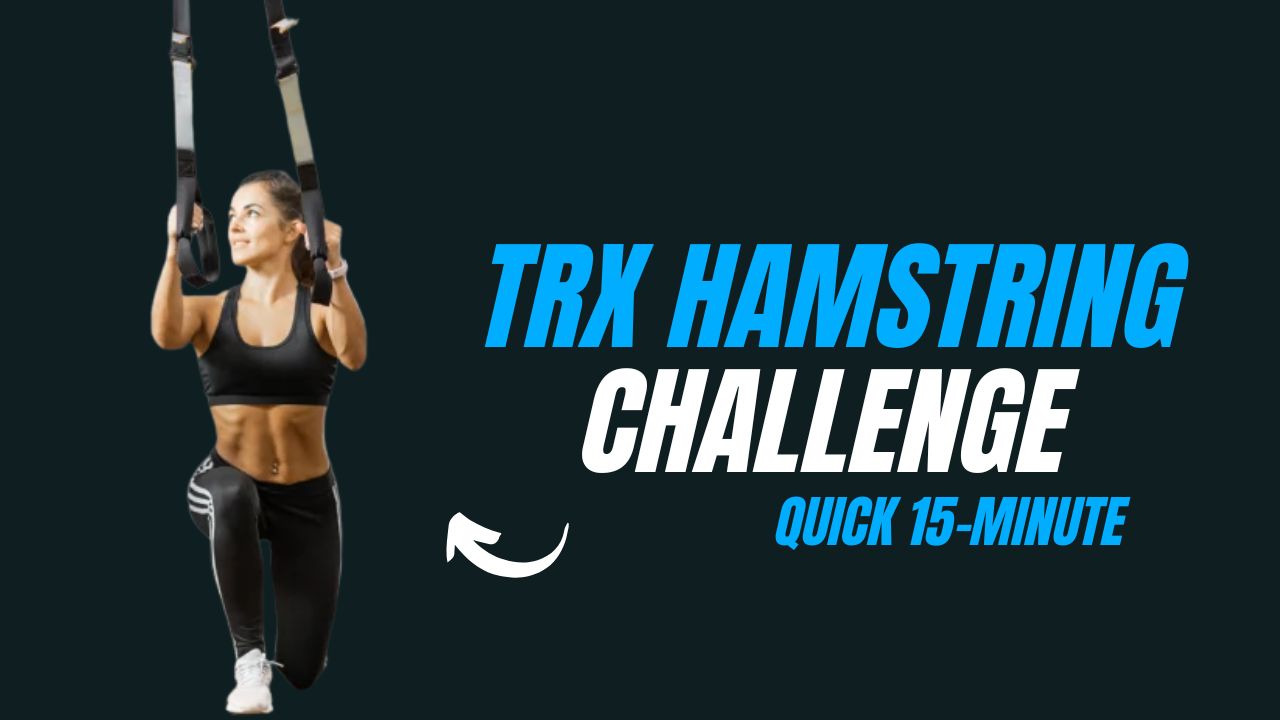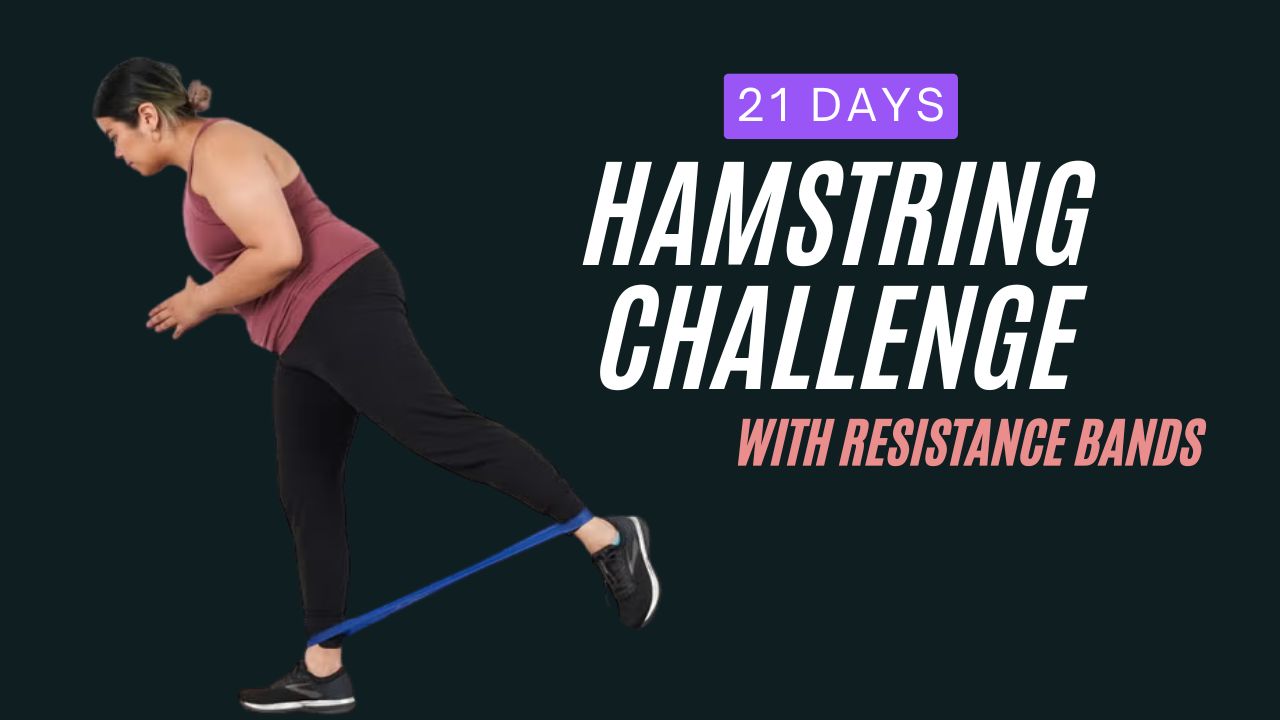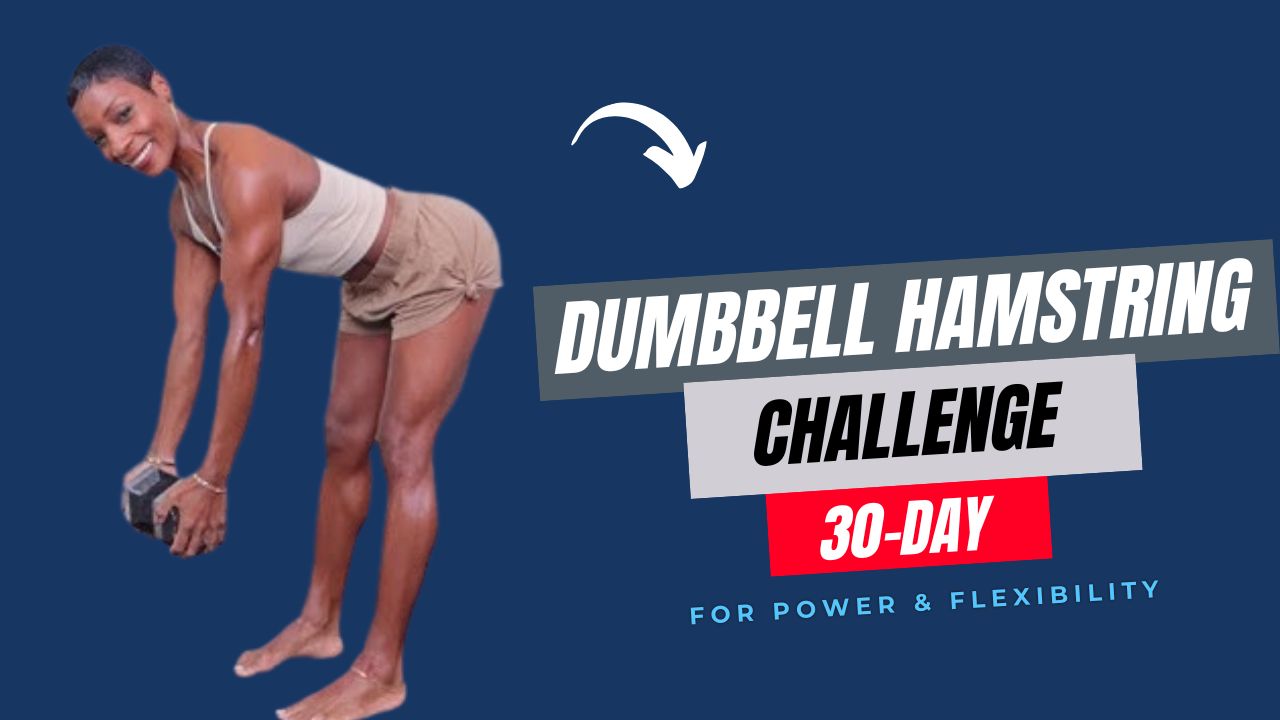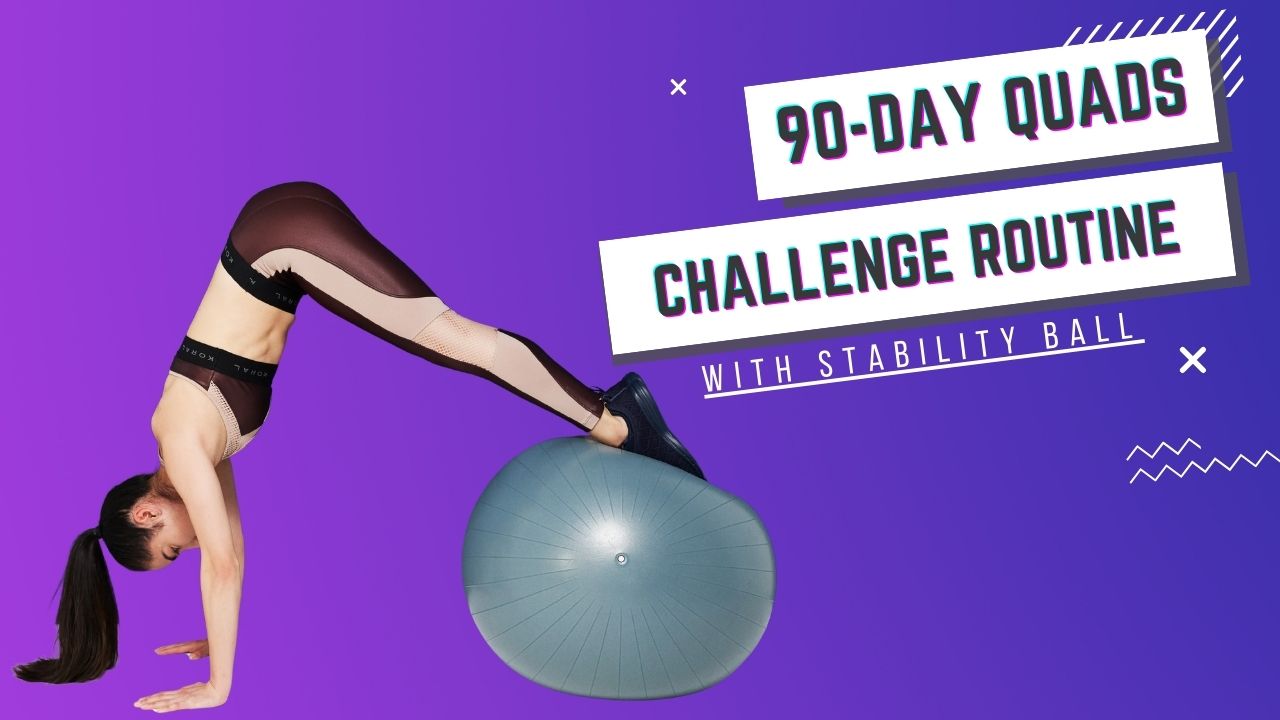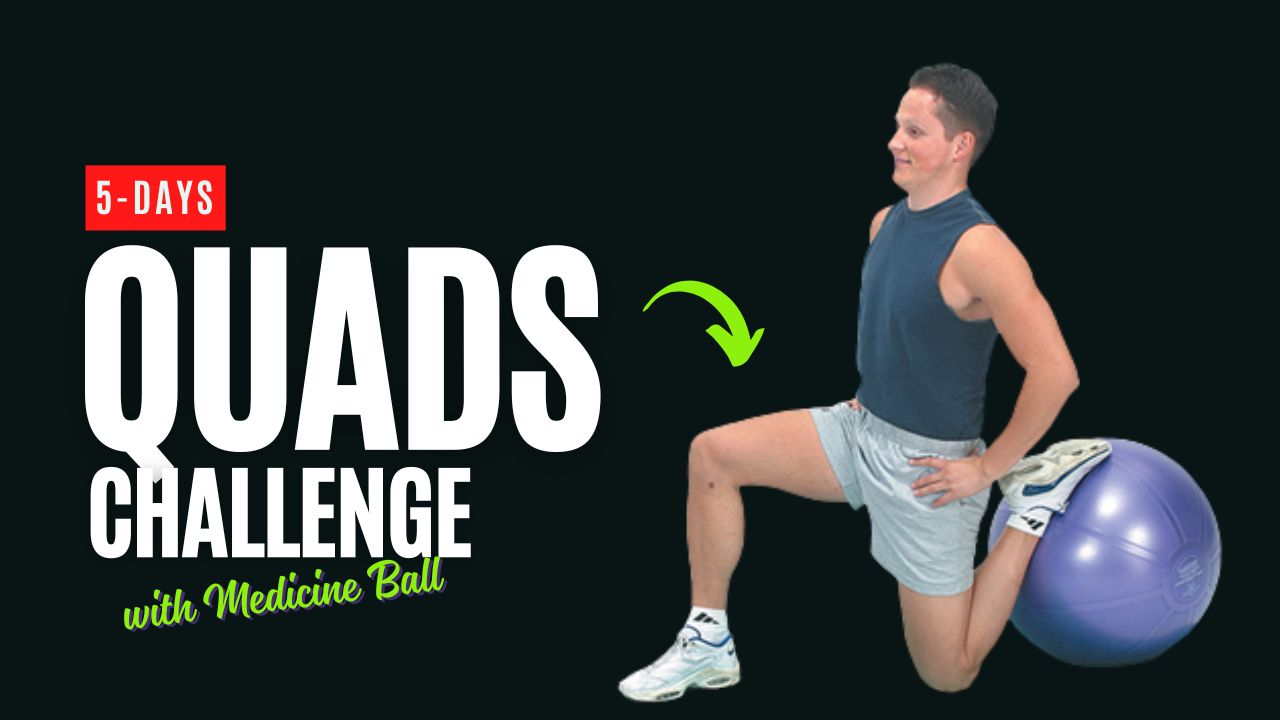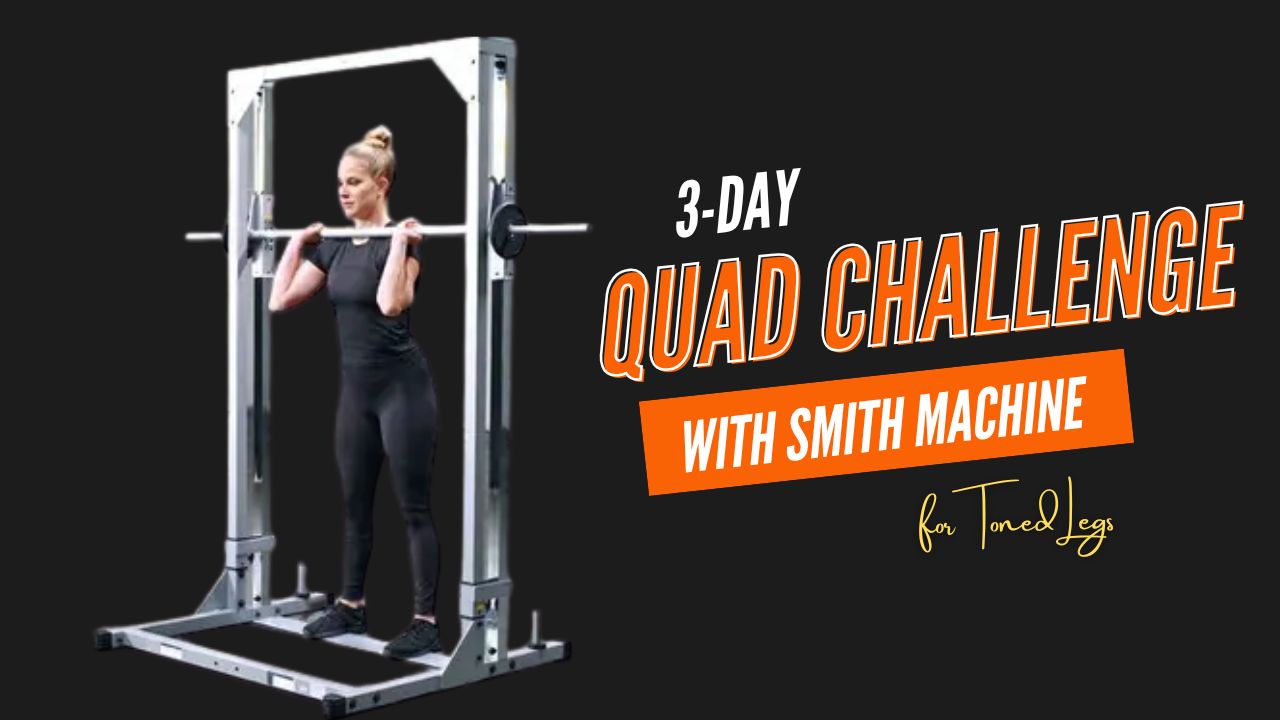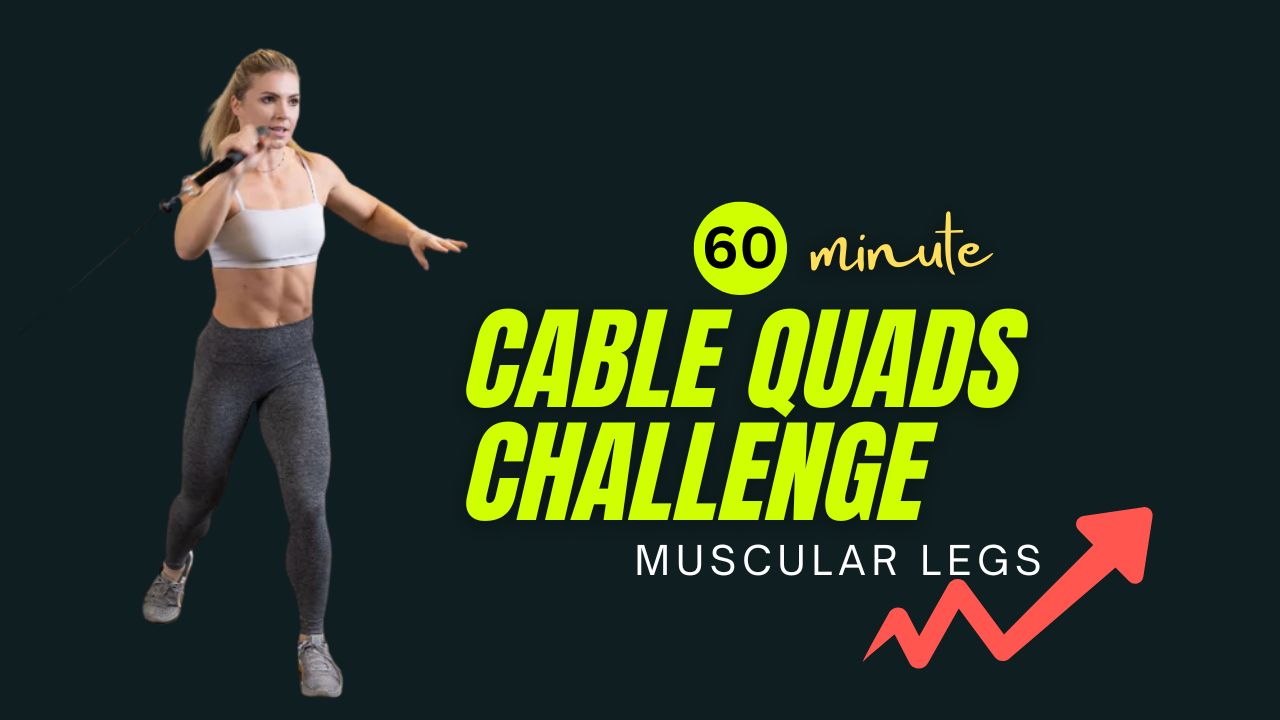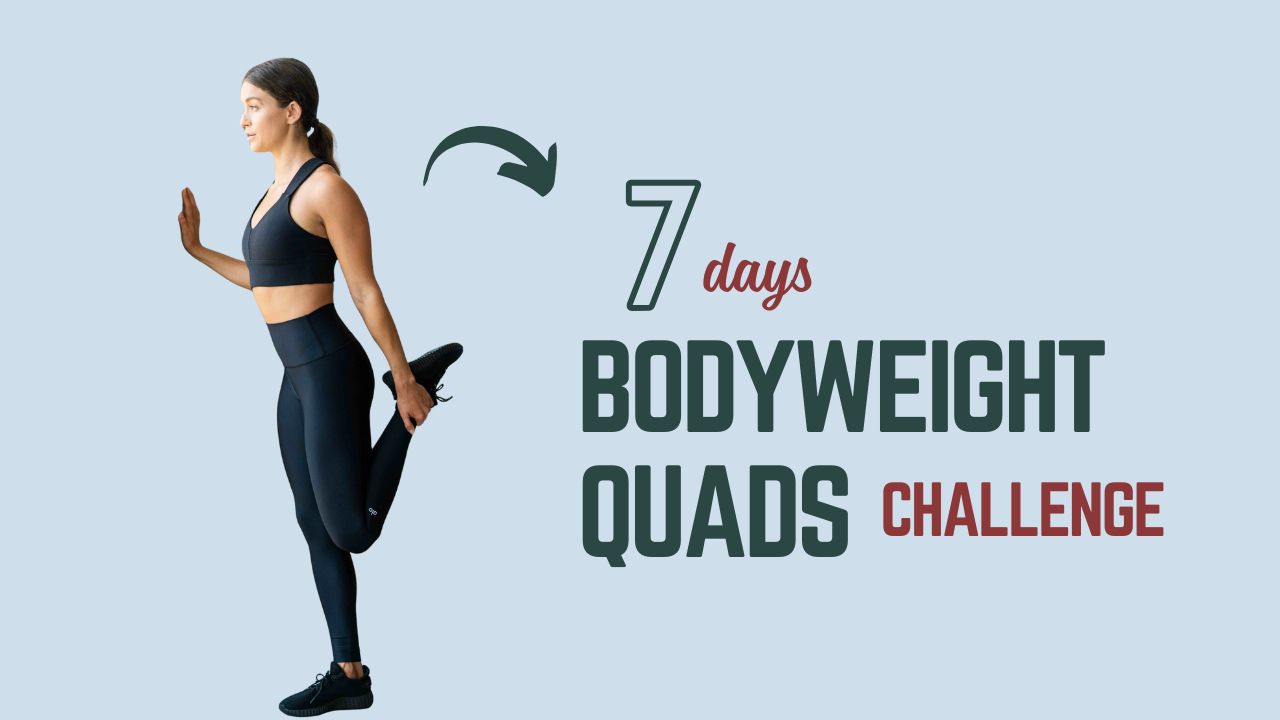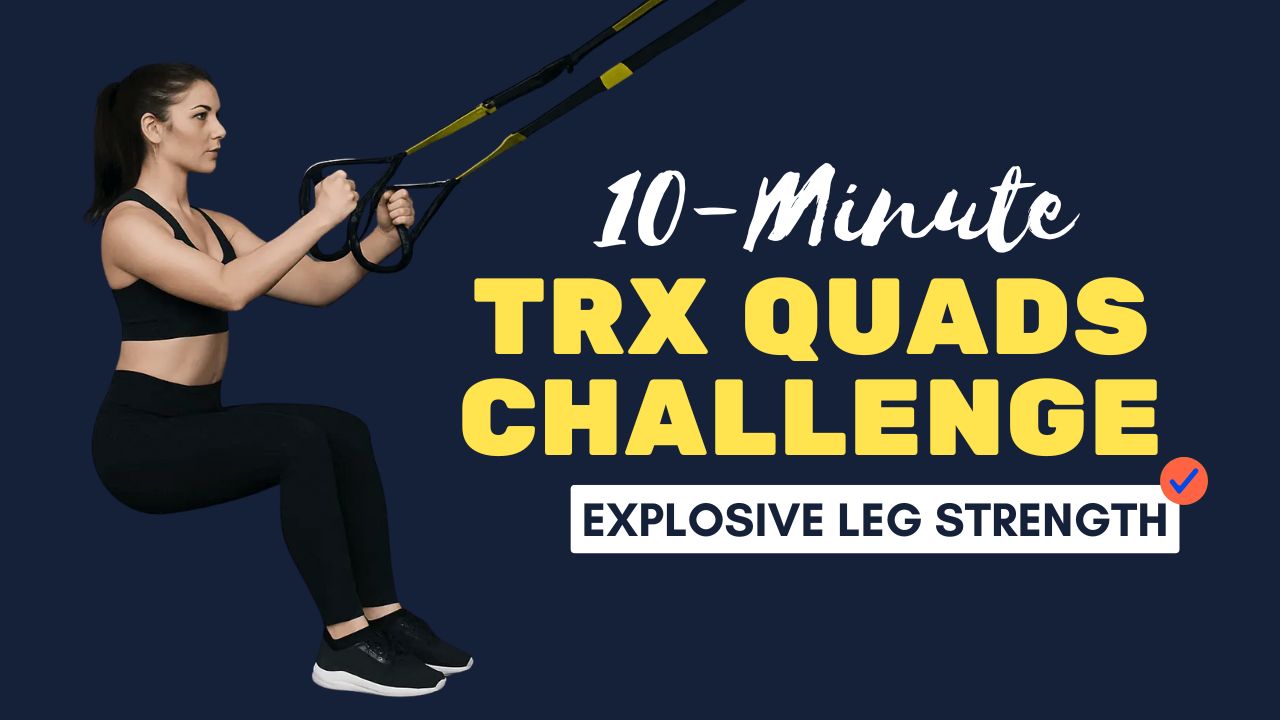Do you know? Lower back pain is one of the leading causes of missed workdays and reduced mobility worldwide. And yet, the solution often lies in something as simple as movement—targeted, functional, and smart movement.
If you’ve ever thought strengthening your lower back required fancy machines or long gym sessions—think again.
With just a medicine ball and some space, you can power up your posterior chain, bulletproof your spine, and sculpt a stronger, more functional core.
In this guide, you’ll discover 8 effective medicine ball exercises for your lower back—each one paired with clear instructions, benefits, and pro tips.
Whether you’re an athlete, a weekend warrior, or someone looking to ease chronic discomfort, these moves will put your lower back on the path to strength and stability.
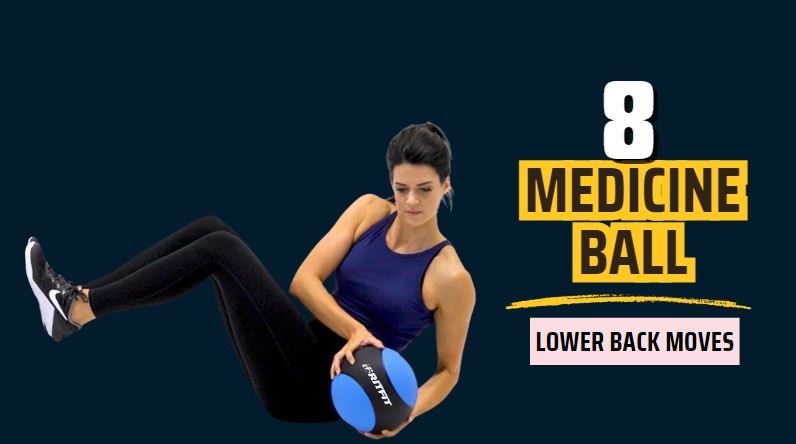
Table of Contents
Why the Medicine Ball Works Wonders for Your Lower Back
The medicine ball isn’t just an old-school gym tool—it’s a powerhouse for functional fitness. It adds resistance, control, and core engagement, especially for dynamic movements involving the spine, hips, and glutes.
Key benefits:
- Engages deep spinal stabilizers
- Improves functional strength and posture
- Adds resistance for progressive loading
- Encourages better mind-muscle connection
- Perfect for rehab, prehab, or performance training
What Can Happen After 30 Days of Medicine Ball Lower Back Exercises
| Positive Changes You May Notice | Why It Matters |
|---|---|
| Increased lower back strength and core stability | Supports posture, reduces injury risk, and improves overall performance |
| Better posture and spinal alignment | Helps reduce slouching and chronic back tightness |
| Improved functional movement (bending, twisting, lifting) | Makes daily activities easier and safer |
| Reduced lower back discomfort or stiffness | Movement strengthens support muscles and reduces tension |
| Toned and firmer glutes and posterior chain | Enhances aesthetics and balances muscle imbalances |
| More control and coordination during movement | Boosts athletic performance and confidence |
| Stronger connection between mind and muscle | Leads to safer form and better engagement during workouts |
| Increased motivation and consistency | Visible progress often sparks long-term fitness habits |
Do’s & Don’ts for Medicine Ball Lower Back Exercises
| Do | Don’t |
|---|---|
| Warm up your core and hips before starting the workout | Jump into exercises with cold or stiff muscles |
| Use a light to moderate weight medicine ball to begin with | Start with a heavy ball that compromises your form |
| Maintain a neutral spine during all movements | Arch or round your back excessively during exercises |
| Engage your core in every movement to protect your lower back | Let your momentum or arms drive the exercise |
| Focus on controlled and slow reps for better activation | Rush through reps without body awareness |
| Breathe evenly and exhale on effort (e.g., during slams or lifts) | Hold your breath or breathe inconsistently |
| Modify exercises if you feel discomfort or pain | Push through sharp pain or poor form |
| Perform 2–3 sessions per week with rest days in between | Train the same area every day without recovery |
Before You Begin: A Quick Myth Buster
Myth: Lower back pain means you should rest more.
Truth: Unless your doctor advises rest, strategic movement is often the best medicine. Inactivity can weaken muscles and prolong discomfort.
8 Medicine Ball Lower Back Moves (With Instructions & Benefits)
1. Medicine Ball Dead Bug
Targets: Core, spinal stabilizers, lower back
How to:
- Lie on your back with knees bent at 90°, arms straight up holding a medicine ball.
- Slowly extend your right leg and left arm simultaneously, keeping your lower back pressed to the floor.
- Return and repeat on the other side.
Benefits: Enhances spinal control, strengthens lower back and core coordination.
Pro Tip: Keep movements slow and controlled—avoid arching your back.
2. Superman with Medicine Ball Reach
Targets: Erector spinae, glutes, shoulders
How to:
- Lie face down with arms extended, holding a light medicine ball.
- Simultaneously lift your arms, chest, and legs off the floor.
- Hold for 2–3 seconds, then lower.
Benefits: Activates the full posterior chain and improves posture.
Pro Tip: Focus on squeezing your glutes at the top for added lower back support.
3. Medicine Ball Russian Twist (Feet Elevated)
Targets: Obliques, lower back, transverse abdominis
How to:
- Sit on the floor, hold the medicine ball close to your chest, lift your feet.
- Twist your torso left to right, tapping the ball on each side.
Benefits: Builds rotational stability and supports lower spine mechanics.
Pro Tip: Don’t swing the ball—move with core control.
4. Standing Medicine Ball Woodchop
Targets: Obliques, lats, spinal muscles
How to:
- Stand with feet shoulder-width apart, medicine ball held high over one shoulder.
- Twist and chop diagonally across your body, ending near the opposite hip.
- Return and repeat both sides.
Benefits: Trains anti-rotational strength and cross-body coordination.
Pro Tip: Engage your core through the entire motion—don’t just swing with your arms.
5. Glute Bridge with Medicine Ball Squeeze
Targets: Glutes, lower back, inner thighs
How to:
- Lie on your back, knees bent, medicine ball placed between knees.
- Squeeze the ball, lift your hips until your shoulders, hips, and knees align.
- Hold for 2–3 seconds and lower.
Benefits: Activates glutes and stabilizers, reducing pressure on the lower back.
Pro Tip: Focus on squeezing your glutes—not overextending the spine.
6. Medicine Ball Reverse Hyperextension (On Bench or Stability Ball)
Targets: Erector spinae, hamstrings, glutes
How to:
- Lie on a bench or stability ball, hips at the edge, medicine ball between your feet.
- Lift your legs behind you while squeezing your glutes.
- Lower slowly with control.
Benefits: Great for back strength and hip extension without spinal compression.
Pro Tip: Keep core tight—don’t overarch your back.
7. Bird Dog with Medicine Ball Tap
Targets: Core, glutes, lower back
How to:
- Start in tabletop position. Place the medicine ball in front of you.
- Extend right arm and left leg; tap the ball with your hand.
- Return and switch sides.
Benefits: Promotes balance, coordination, and lumbar spine control.
Pro Tip: Keep hips level and spine neutral throughout.
8. Wall Slam to Reverse Lunge
Targets: Lower back, glutes, core, quads
How to:
- Stand close to a wall with medicine ball overhead.
- Slam the ball downward. Catch it, then step into a reverse lunge.
- Alternate legs with each rep.
Benefits: Builds dynamic strength, boosts heart rate, and trains spine-safe movement patterns.
Pro Tip: Keep your spine straight during the slam—generate power from the hips.
A Bonus Tip: How Often Should You Do These?
You can incorporate 3–4 of these moves into your routine 2–3 times a week, depending on your fitness level and goals.
Always prioritize form over reps. For injury prevention or back pain management, consult a professional before starting any new regimen.
Final Words
Your lower back is more than just a support system—it’s your body’s foundation for movement, balance, and power. Strengthening it isn’t just about lifting heavier weights—it’s about smarter training.
With just a medicine ball and a few minutes, you can reduce injury risk, boost athleticism, and move pain-free. Try these moves, stay consistent, and remember: strong backs build strong lives.
Frequently Asked Questions (FAQs)
Are medicine ball exercises safe for people with lower back pain?
Yes, when performed with proper form and under guidance (especially if you’re recovering from an injury), medicine ball exercises can help strengthen the lower back and reduce pain over time. Always consult a healthcare professional if you’re dealing with chronic or severe pain.
How heavy should my medicine ball be for lower back exercises?
Start with a lightweight ball (4–8 lbs) if you’re a beginner. The goal is to maintain control and stability—not just add resistance. As you get stronger and more confident, you can gradually increase the weight.
Can I do these exercises every day?
It’s best to allow at least 48 hours of rest between sessions targeting the same muscle group. Doing these 2–3 times per week is generally ideal for building strength and avoiding overuse.
Do these moves help reduce lower back fat?
While spot reduction isn’t possible, these exercises help build muscle, improve posture, and increase overall calorie burn. Combined with a balanced diet and full-body training, they contribute to a leaner, stronger back.
What other equipment can I pair with medicine balls for lower back workouts?
You can combine medicine balls with resistance bands, stability balls, or foam rollers to create a well-rounded lower back routine. However, the medicine ball alone is effective for both beginners and advanced users.
Can these exercises help with posture?
Absolutely. Strengthening your lower back, glutes, and core improves spinal alignment and posture, especially if you spend long hours sitting or working at a desk.
Should I warm up before starting these exercises?
Yes! Begin with 5–10 minutes of light cardio and dynamic stretches focusing on your hips, spine, and hamstrings. A proper warm-up ensures better performance and reduces the risk of injury.
